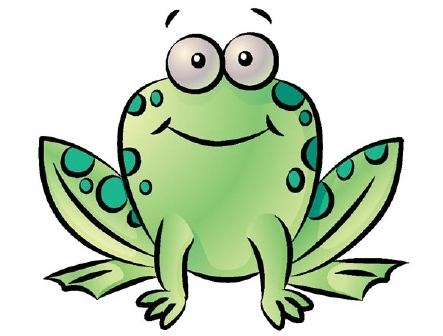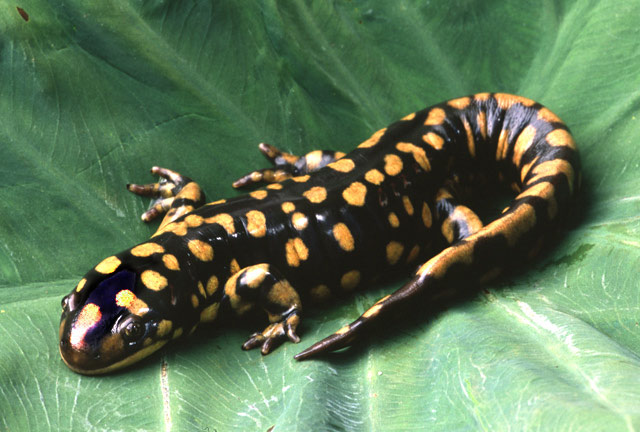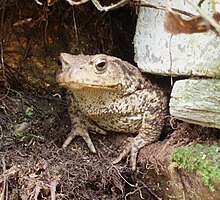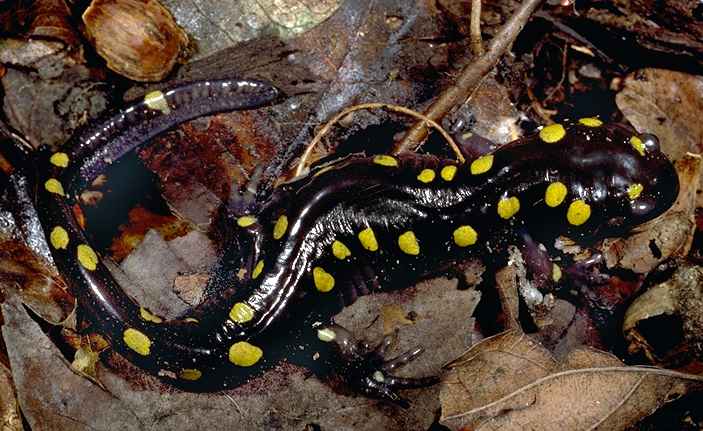
Hey! It's me Julian. We are going to learn about amphibians today. When you think of amphibians you think of frogs.

What you didn't know is that there is other amphibians like salamanders and caecilians.


Salamander Caecilians
Time to learn.
First we are going to learn about the characteristics of amphibians.
Amphibians live a double life. They live half of their life on land and half on water.
They start off their life in water so they have gills.
 The gills are the blue part.
The gills are the blue part.Through metamorphosis they grow lungs so then they can live on land.

They lay a lot of eggs in the water. The eggs don't have any shells. They are protected by a clear jelly like substance that has to be in wet conditions. They can lay up to 30,000 eggs at a time. That's a lot of eggs for a mother.

They shed their skin. After they shed it they eat it. GROSS!!! That is really weird, but it is true.

They do have special skin. This special skin lets water pass through it easily. It is like there are holes in the skin. It also absorbs oxygen which helps amphibians breathe under water. The skin is moist and smooth.
They also have webbed feet. They have webbed feet to help them in the water.

Time for the next subject, the groups of the amphibians.
The first group of amphibians were going to talk about is the Anuras. The Anura group includes frogs and toads. When you think of amphibians this group is the one you think of..


This is your frog and your toad. Anuras have short bodies. They have strong legs for jumping high to the sky.

They also have no tails when they are an adult. The kids have tails. They go through metamorphosis.

Metamorphosis is when an animal changes a lot. Metamorphosis happens when they are young.
This group are carnivores.
The next group we are going to talk about is the Uradeles. That group has salamanders and newts.

First is the Salamder and then the Newt.
The Uredeles have long bodies unlike the frogs. They have flattened tails for swimming. That means they mostly stay in water. They have short legs which is another reason they stay in water. Most are between 4 inches and 8 inches. For defense the use their tails which is used to scare predators.
The last group we are going to talk about is the Apoda. That name sounds like something from Star Wars.
The amphibian that is in Apoda is a Caecilian.
They are practically blind. That means it can't see well. It has a snake like body. It is carnivorous. They can live from 5-20 years. Most of them are 5-14 inches long and be 1 inch wide.
Since we are done talking about the characteristics here is a fun video for you to listen to.
I hoped you learned something about amphibians. See you next time!

